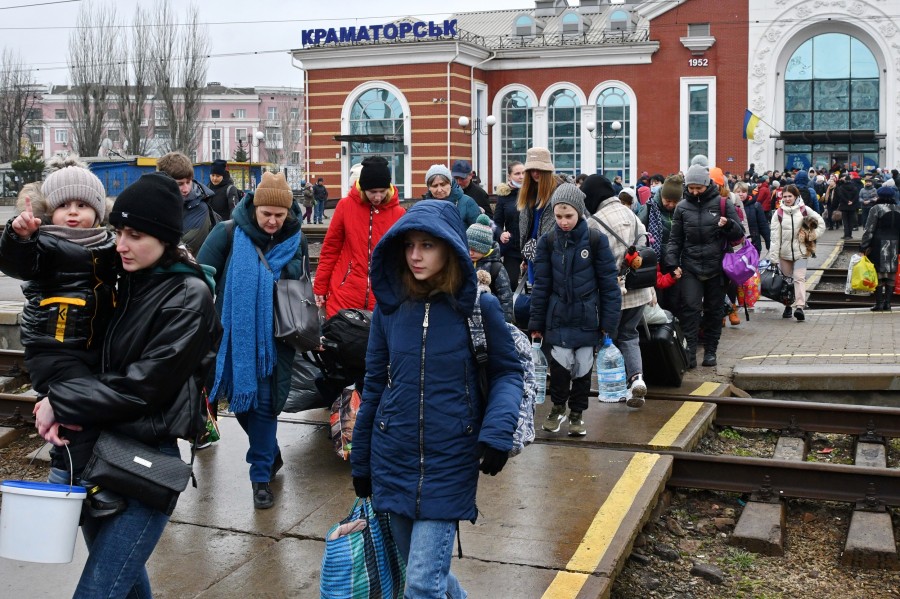A closer look at racist biases in the coverage of Ukraine
By Andrea Guthmann

A closer look at racist biases in the coverage of Ukraine
By Andrea Guthmann
WBEZ brings you fact-based news and information.
Sign up for our newsletters
to stay up to date on the stories that matter.
Most of us have been shocked by the death and destruction we’ve seen in news coverage of the war in Ukraine. But some have begun voicing their shock over something else they’re seeing: bias and racism.
Reset takes a closer look at how the media is covering the war and how Black refugees are being treated at the border.
GUESTS: H. A. Hellyer, scholar at the Carnegie Endowment for International Peace and fellow at Cambridge University
Kimberly St. Julian-Varnon, Ph.D. student at the University of Pennsylvania